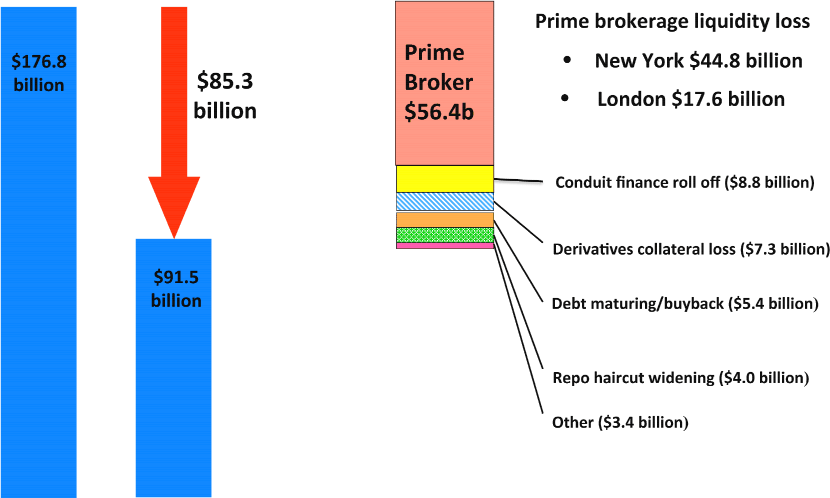FRB What were the Federal Reserve s emergency lending facilities during the financial crisis
Post on: 6 Июль, 2015 No Comment

The Federal Reserve created a number of emergency lending facilities during the crisis that were designed to address severe strains in key financial markets and institutions.
In late 2007 and early 2008, the Federal Reserve implemented several programs intended to address the extremely limited availability of credit in short-term funding markets, which are frequently used by financial institutions and other businesses to finance their day-to-day operations. These programs included the Term Auction Facility, which auctioned term loans to depository institutions (that is, financial institutions that obtain their funds mainly through deposits from the public, such as commercial banks, savings and loan associations, savings banks, and credit unions), as well as the Primary Dealer Credit Facility and the Term Securities Lending Facility, which provided overnight and term loans to primary dealers, a group of major financial firms that have an established trading relationship with the Federal Reserve Bank of New York. The financial crisis was a global phenomenon, and many institutions outside the United States also experienced problems in obtaining short-term, dollar-denominated loans. To address this difficulty, the Federal Reserve established so-called dollar liquidity swaps with foreign central banks to help them provide dollar loans to financial institutions in their jurisdictions.

The financial crisis intensified dramatically in the second half of 2008, and many financial markets all but shut down. The Federal Reserve implemented a number of additional liquidity programs at this time to try to maintain the flow of credit to U.S. households and businesses. To reduce funding pressures experienced by money market mutual funds and borrowers in the commercial paper markets, the Federal Reserve established the Asset-Backed Commercial Paper Money Market Mutual Fund Liquidity Facility, the Commercial Paper Funding Facility, and the Money Market Investor Funding Facility. And to address the shutdown in the markets for asset-backed securities, the Federal Reserve established the Term Asset-Backed Securities Loan Facility.
During the crisis, the Federal Reserve also supplied credit to financial institutions that were important to the entire financial system. Early in 2008, the Federal Reserve provided credit to facilitate the acquisition of The Bear Stearns Companies, Inc. by JPMorgan Chase & Co. Bear Stearns was one of the largest securities dealers in the world, and its problems in obtaining funding threatened to create a domino effect for other securities dealers and other markets. Later in 2008, the Federal Reserve provided credit to support American International Group, Inc. (AIG)—one of the largest insurance companies in the world—to allow time for an orderly resolution of the firm’s difficulties. In 2010, the Congress passed the Dodd-Frank Wall Street Reform and Consumer Protection Act (Dodd-Frank Act), which is designed to address many of the fundamental problems seen during the crisis, and the Federal Reserve is working with other regulators and federal agencies to implement the new law. The Dodd-Frank Act gives federal authorities additional tools to address in the future any problems like those experienced by Bear Stearns and AIG.














